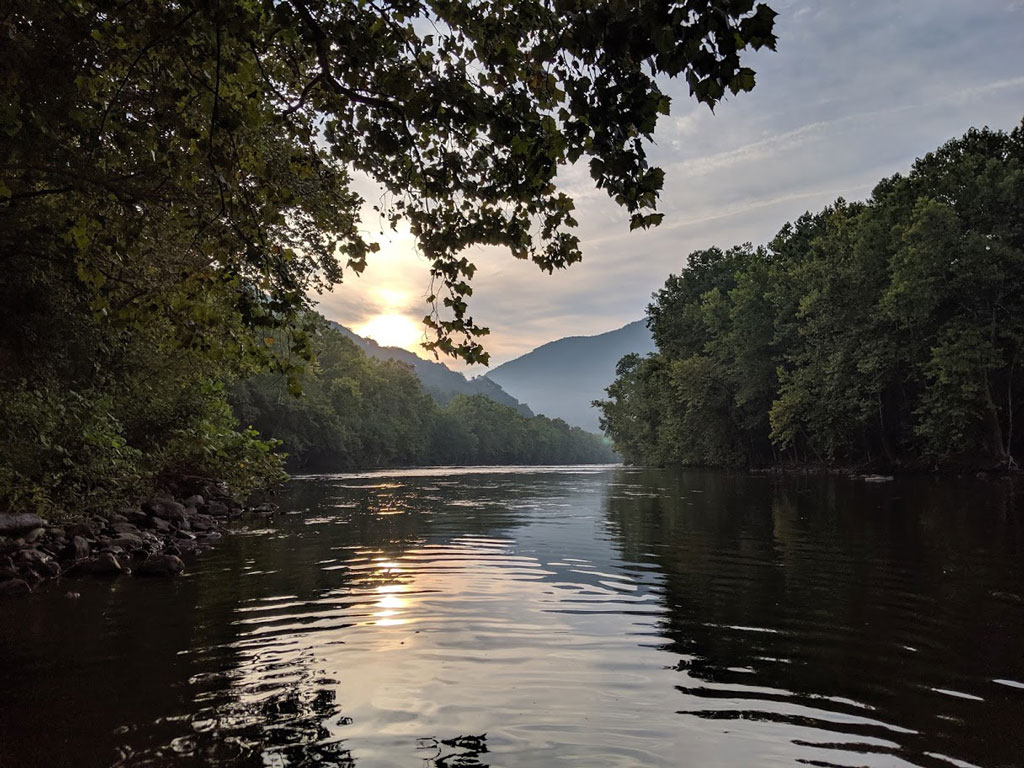ONE Principals Part of DEQ Technical Advisory Committee Implementing a TMDL for PCBs
Polychlorinated Biphenyls (PCBs) aren’t a new concern. These persistent organic pollutants do not break down easily and linger in the environment for extended periods of time.
ONE Environmental Group Principals Kerry McAvoy and Jeff Duncan are part of a new Virginia Department of Environmental Quality (DEQ) Technical Advisory Committee (TAC) that will implement TMDLs — Total Maximum Daily Loads or cleanup plans — for PCBs.
The intentional production of PCBs was banned by the Environmental Protection Agency in the late 1970s, but once bottom dwellers absorb the material, PCBs aren’t easily excreted and the food chain is affected. They make their way into the tissues of aquatic animals, including fish, and can invade human digestive, neurological, and reproductive systems when people consume fish. Another growing body of research suggests that PCBs can be produced unintentionally through certain industrial processes – such as pigment production used in paints and inks.
These more recently created PCBs, along with PCBs produced in the past, continue cycling through the environment today. That’s the major reason why Virginia’s Department of Environmental Quality (DEQ) is implementing a TMDL — the calculation of the maximum amount of a pollutant allowed to enter a waterbody so that the waterbody will meet and continue to meet water quality standards for that particular pollutant.
In representing Virginia Manufacturing Association (VMA) on the TAC, McAvoy and Duncan will focus on two sets of waterways:
- What’s known as the upper James River, which includes 13 miles of the Jackson River, 17 miles of the Maury River and 182 miles of the James River. Since 2004, the Virginia Department of Health (VDH) issued fish consumption advisories on portions of the Maury and James rivers based on the high levels of PCBs that DEQ monitoring revealed in fish tissue. DEQ began collecting fish tissue in state waters in 1993. The initial elevated fish tissue PCB levels resulted VDH issuing fish consumption advisories, which grew in number and size as more data was collected through following years of monitoring.
- What’s known as the Tidal James or the lower part of the James River and the Elizabeth River. Fish tissue monitoring began on the Elizabeth River in 1993, and in the tidal James River and tributaries in the following years. In 2004, the VDH issued a fish consumption advisory for the Elizabeth River, the tidal James River and its tidal tributaries. Water quality monitoring to support the development of a cleanup plan began in 2009, with around 275 water column and sediment samples collected. Data from this monitoring effort allowed for an assessment of PCB sources and also identified additional PCB hotspots in six tributaries.
McAvoy and Duncan are the eyes and ears for their clients and stewards of the environment for what promises to be a lengthy, ongoing process.
“We’re participating in the public meetings, noting the questions and comments, and compiling any input that our clients in the VMA want to submit to the DEQ,” McAvoy said. Public input from a wide variety of stakeholders throughout the TMDL development process is integral to ensure that the final outcomes are reasonable, realistic, and reflect local insight.


